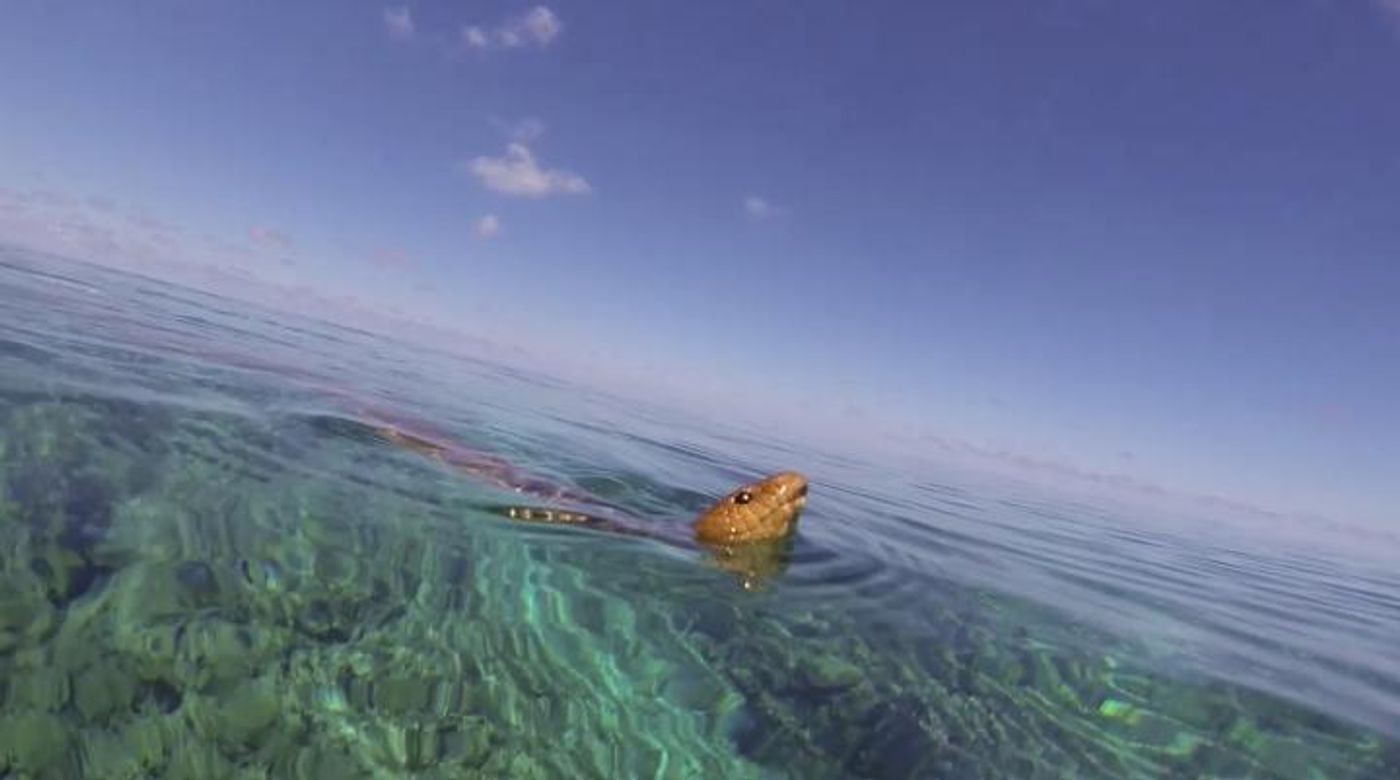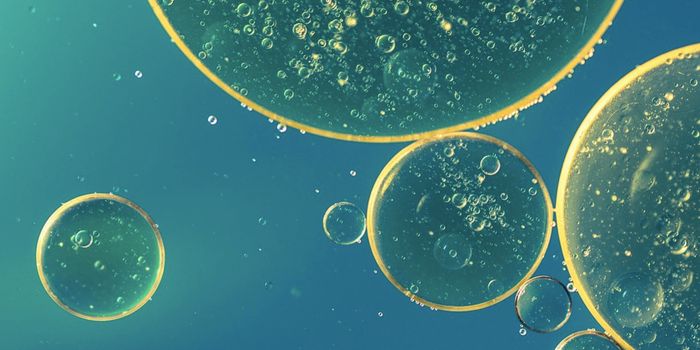Sea Snake Vision Has Been Evolving for Millions of Years
Sea snakes emerged around ten to fifteen million years ago and have been adapting to their environment for all that time. New research has learned more about how and when they gained color vision. It seems that sea snake vision has been changing over many generations, enabling them to see deep below the surface of the ocean. Reporting in Current Biology, scientists found that diving sea snakes have more in common with some fruit-eating primates than they do with other marine mammals or snakes.
"In the natural world, species obviously have to adapt as the environment around them changes. But to see such a rapid change in the sea snakes' vision over less than 15 million years is truly astonishing. The pace of diversification among sea snakes, compared to their terrestrial and amphibious relatives, is perhaps a demonstration of the immensely challenging environment they live in and the need for them to continue to adapt in order to survive," said the research leader, Dr. Bruno Simões, a Lecturer in Animal Biology at the University of Plymouth.
"Our study also shows that snake and mammal vision has evolved very differently in the transition from land to sea. Sea snakes have retained or expanded their color vision compared to their terrestrial relatives, whereas pinnipeds and cetaceans underwent a further reduction in the dimensions of their color vision. This contrast is further evidence of the remarkable evolutionary diversity of snake eyesight."
Although sea snakes descended from lizards with extensive visual senses, snakes usually have color vision that is limited to two tones, probably because their ancestors lived in low-light conditions. There are about 300 terrestrial species of snakes and 63 marine snakes. Species of front-fanged and venomous elapids that are still living are ecologically diverse. Researchers wanted to know more about this diversity.
Scientists collected specimens from terrestrial and sea snakes, and analyzed the opsin genes they carried. Opsin genes produce the pigments that make eyes sensitive to visible and ultraviolet light. The visual pigments of sea snakes were found to have undergone a rapid diversification compared to their marine and terrestrial relatives.
For example, the sensitivity to UV-Blue expanded in one sea snake lineage. On the seafloor, sea snakes forage for food at a depth of over 80 meters, though they have to swim to the surface at least once every few hours to breathe. With increased sensitivity to UV-Blue, sea snakes can see better in variable light conditions, like this in the water column.
Sources: AAAS/Eurekalert! via University of Plymouth, Current Biology









